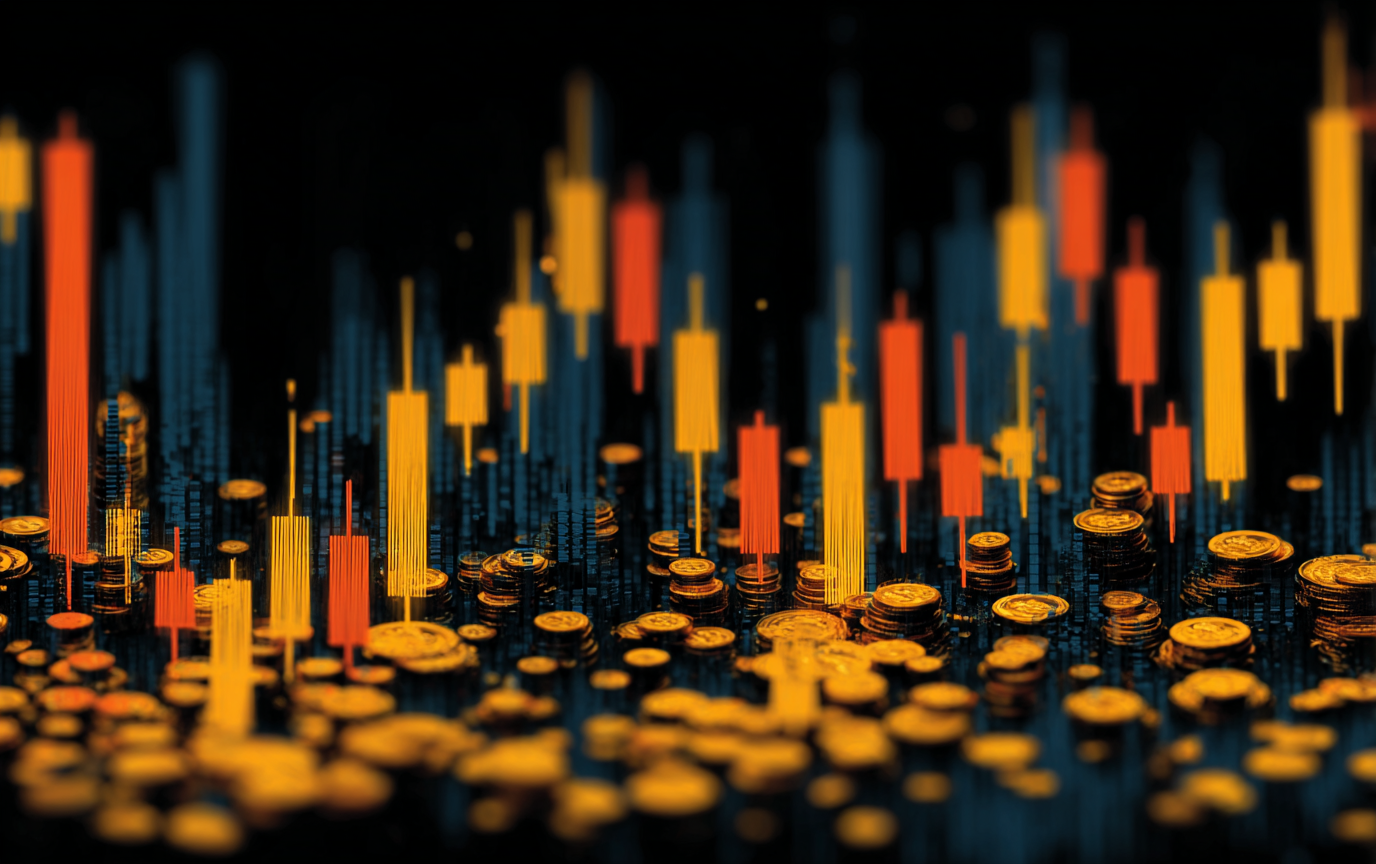Starting your journey into cryptocurrency can feel like stepping into a maze. As you navigate through countless coins, trading strategies, and financial jargon, the landscape can become overwhelming quickly. However, starting with a solid foundation in technical analysis can provide clarity and direction. If you're wondering about cryptocurrency basics or looking for a guide on what crypto trading entails, you've come to the right place. In this article, we will dive into technical analysis, an essential tool for any aspiring trader. By understanding how to read price charts, identify trends, and spot key patterns, you will be better equipped to make informed decisions in the fast-paced world of digital currency.
The importance of technical analysis cannot be overstated. Whether you're trading Bitcoin or altcoins, this analytical method allows you to forecast future price movements based on historical data. With the crypto market's notorious volatility, having the ability to read charts and understand price patterns is a game-changer. Instead of relying solely on emotions or news headlines, technical analysis helps you develop a logical approach to trading. So, let's roll up our sleeves and get started!
What is Technical Analysis?
At its core, technical analysis is the study of past market data, primarily price and volume, to forecast future price behavior. Unlike fundamental analysis, which looks at a cryptocurrency's intrinsic value and market conditions, technical analysis focuses solely on price movements. Think of it like reading a history book; you're examining previous events to gain insight into future outcomes.
There are several tools within technical analysis that traders commonly use:
Price Charts
Price charts are the backbone of technical analysis. They display a graphical representation of a cryptocurrency's price movements over a specific period. The most common types of price charts include:
-
Line Charts: These charts connect closing prices for a visual representation of price movement. They are simple and helpful for identifying overall trends.
-
Bar Charts: More detailed than line charts, bar charts display opening, closing, high, and low prices for a specified time period. This gives a fuller picture of market activity.
-
Candlestick Charts: Similar to bar charts, but more visually appealing, candlestick charts show price movements in color-coded "candlesticks" representing open, high, low, and close prices. They help traders identify market momentum or reversals.
Using these price charts is fundamental to understanding market sentiment and price behavior.
Support and Resistance Levels
Next on your journey into technical analysis is understanding support and resistance levels. These are horizontal lines drawn on price charts to denote where prices tend to stop and reverse.
-
Support Levels: This is a price level where buying interest is strong enough to overcome selling pressure. In simpler terms, it's a price point where people believe the cryptocurrency is undervalued.
-
Resistance Levels: Conversely, resistance levels are where supply outweighs demand, causing prices to stop rising and often reverse. When prices reach this point, traders may decide to sell off.
Identifying these levels can help you make strategic trading decisions, such as entry and exit points.
Key Indicators in Technical Analysis
Indicators are mathematical calculations based on price, volume, or open interest of a security and are used to provide insights into potential future price movements. Let's look at a few popular indicators that can help guide your trading decisions.
Moving Averages
Moving averages smooth out price data to create a trend-following indicator. The two most common types are:
-
Simple Moving Average (SMA): This average calculates the mean of a specific number of previous prices. For example, a 50-day SMA averages the last 50 days of prices.
-
Exponential Moving Average (EMA): This moving average gives more weight to recent prices, making it more responsive to new information.
Traders often use crossovers between different moving averages to signal potential buy or sell opportunities. When a short-term moving average crosses above a long-term moving average, it may indicate a bullish signal, and vice versa.
Relative Strength Index (RSI)
The RSI is a momentum oscillator that measures the speed and change of price movements. It ranges from 0 to 100 and helps traders identify overbought or oversold conditions.
- An RSI above 70 usually indicates that a cryptocurrency is overbought, while an RSI below 30 suggests it may be oversold.
Traders often look for potential reversal points when the RSI hits these levels, which can signal a good opportunity to buy low or sell high.
Practical Tips for Learning Technical Analysis
Now that we've covered the basics, how can you effectively start learning technical analysis? Here are some practical tips to put you on the right track.
Start with the Basics
Begin by familiarizing yourself with the key terms and concepts we've covered. Take time to understand price charts, support and resistance levels, and indicators like moving averages and RSI. Many online resources, including free courses and YouTube tutorials, dive deep into these topics.
Additionally, platforms like CoinMarketCap can offer valuable insights into market data and pricing trends.
Practice with Real Data
One way to cement your knowledge is to practice using real-time data. Utilize demo accounts offered by various trading platforms. These allow you to try your hand at trading without risking real money. By placing trades based on your analysis, you can learn from your mistakes and refine your skills over time.
Join Online Communities
Consider joining online forums or communities dedicated to cryptocurrency trading. Websites like Reddit and Discord host numerous groups where enthusiasts share strategies, insights, and experiences. Engaging with others in the community can expose you to new perspectives and helpful resources.
Follow the News
Stay updated on the latest trends and news in the cryptocurrency market. Different events and announcements can impact prices significantly. By understanding how news affects the market, you’ll become a more informed trader.
Celebrate Small Wins and Learn from Mistakes
In the world of cryptocurrency trading, it’s important to maintain a balanced mindset. Celebrate your successes—no matter how small! Each successful trade or analysis gives you a boost of confidence and builds your trading repertoire.
However, don’t get discouraged by mistakes. Instead, view them as learning experiences. Analyze what went wrong and use it as an opportunity for growth.
Conclusion
Starting your journey into the fascinating world of cryptocurrency trading through technical analysis is an exciting endeavor. By mastering the basic concepts, charting techniques, and essential indicators, you can develop a solid foundation that will help you navigate the volatile crypto market with confidence. Remember that every expert was once a beginner, and the willingness to learn will set you apart.
As you embark on this journey, keep refining your skills and stay engaged with the latest developments. Explore our other categories on Exchainer.com for more guides, trading insights, and review articles. Start your crypto journey today and let technical analysis be your compass through the complex world of digital currencies. Happy trading, friends!












